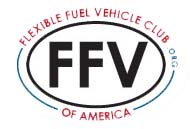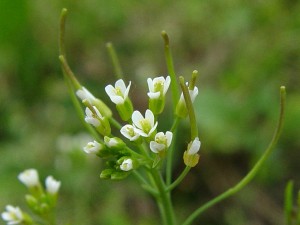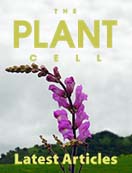 Recognizing just how important the National Biodiesel Conference & Expo is to everyone with ties to the industry, our friends at the National Biodiesel Board have extended the deadline to register for the Feb. 6-9 event in Phoenix, Arizona to Feb. 1.
Recognizing just how important the National Biodiesel Conference & Expo is to everyone with ties to the industry, our friends at the National Biodiesel Board have extended the deadline to register for the Feb. 6-9 event in Phoenix, Arizona to Feb. 1.
NBB CEO Joe Jobe says:
The uncertainty surrounding the biodiesel tax credit and the implementation of the Renewable Fuels Standard-2 made 2010 tough on all of us, to be sure. But we have high hopes that this conference will be the springboard to greater opportunities. In fact, 2011 has the potential to be a banner year for biodiesel production. The RFS2, now that it is fully implemented, will be the driving force behind biodiesel demand in 2011 and beyond. NBB recognizes that this relatively new legislation is still unclear to many in the industry. That’s why we are offering a comprehensive workshop, free with your full registration, which will dive into the “nuts and bolts” of the RFS2, featuring some of the top experts on the issue. This is truly a “can’t miss” event if you plan to be part of the biodiesel industry moving forward.
More information is available on the conference website. Plus, you can follow our coverage of the event on the conference blog!
 Just a quick update …
Just a quick update …
The good folks at Renewable Energy Group (REG) will host their Corporate Update & 2011 Market Outlook at the biodiesel conference. Make sure to join them on Monday, Feb. 7, 2011 at the Phoenix Convention Center, North131C, 100 Level.
E-mail your RSVP to alicia.clancy@regfuel.com.



 “The U.S. patent system is designed to encourage research and development and to protect inventions. Butamax and its owners were the first to develop this technology and it is our belief that the protection of intellectual property serves the best interest of the biofuels industry, our customers and the U.S. energy policy,” said Tim Potter, Butamax CEO.
“The U.S. patent system is designed to encourage research and development and to protect inventions. Butamax and its owners were the first to develop this technology and it is our belief that the protection of intellectual property serves the best interest of the biofuels industry, our customers and the U.S. energy policy,” said Tim Potter, Butamax CEO. The fifth annual
The fifth annual 






 Last month President Obama signed into law legislation that included the extension of the Volumetric Ethanol Excise Tax Credit (VEETC) and the alternative fuels infrastructure tax credit. These two credits will continue to be key in the expansion of ethanol-blended fuels and blender pumps and a free webinar Wednesday is designed tohelp retailers learn more about how ethanol can increase profit opportunities while giving consumers more options.
Last month President Obama signed into law legislation that included the extension of the Volumetric Ethanol Excise Tax Credit (VEETC) and the alternative fuels infrastructure tax credit. These two credits will continue to be key in the expansion of ethanol-blended fuels and blender pumps and a free webinar Wednesday is designed tohelp retailers learn more about how ethanol can increase profit opportunities while giving consumers more options.